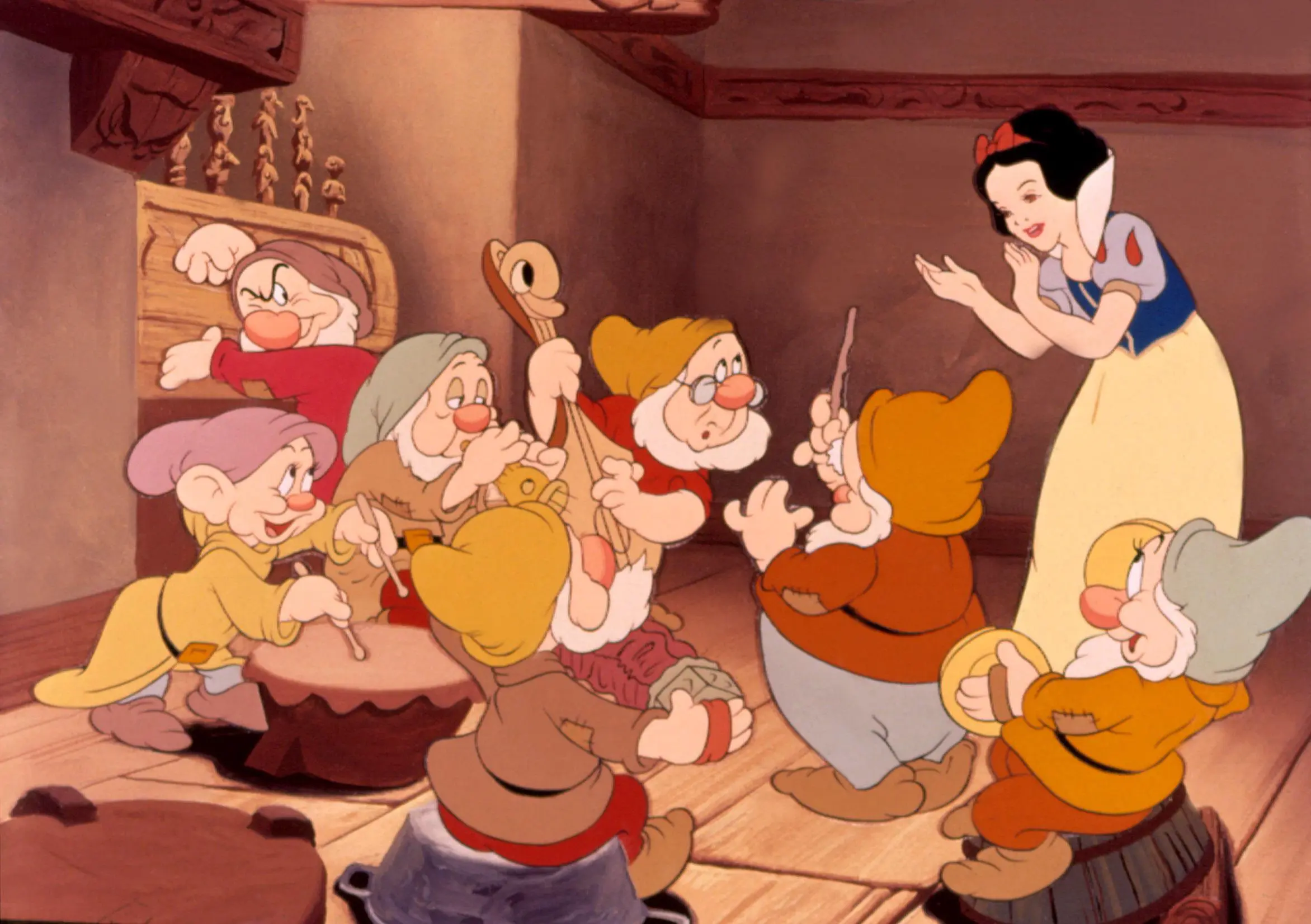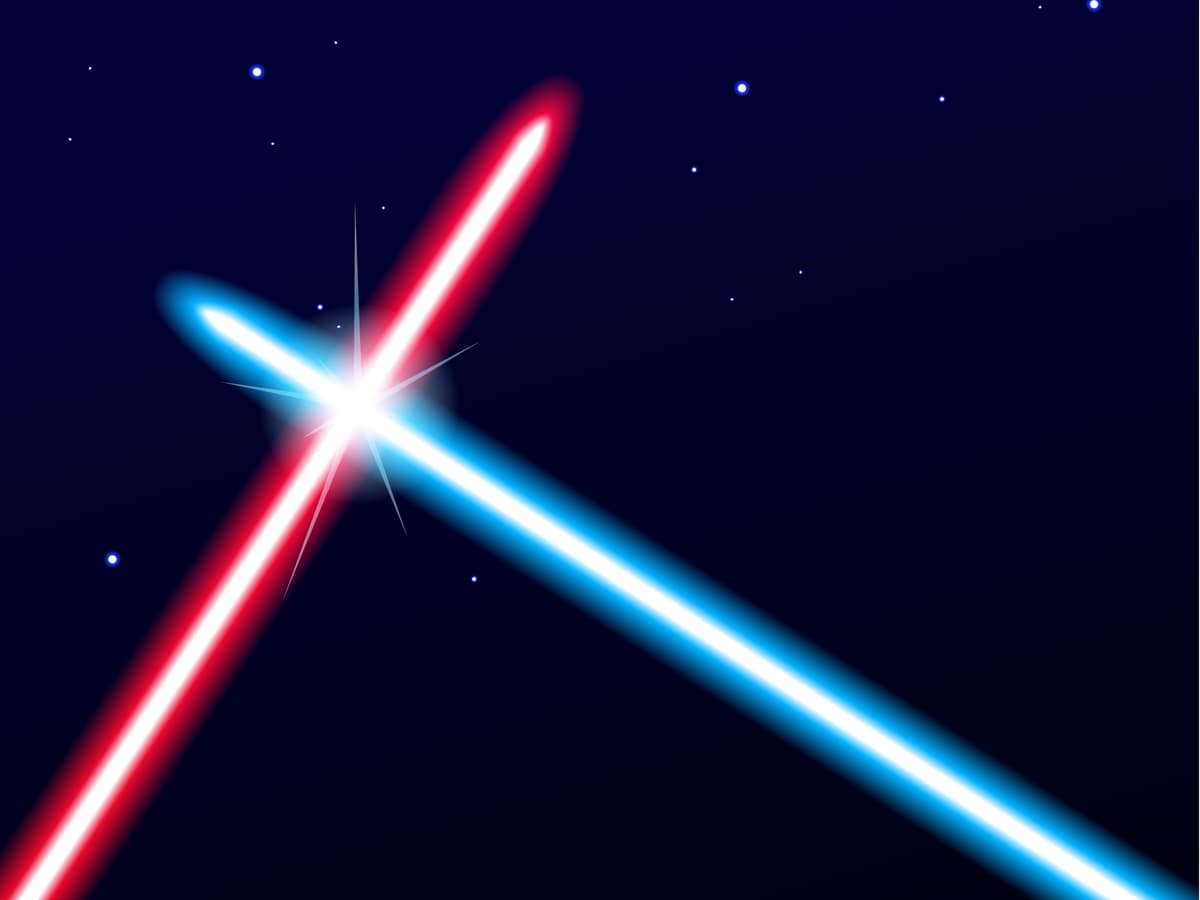What Is Rotoscope Animation & How Has It Influenced The Movie Industry?
Rotoscoping is an age-old technique used in animation, where the sequences are created by tracing over motion pictures frame by frame. The process first began in 1915. Expert animators would project live-action images onto a glass panel and then trace over that image to produce realistic action.
Today, rotoscoping is predominantly achieved on computers. The process can be labor-intensive and pretty time-consuming. However, it is worth it to many for the effect that it gives. It allows animators to create lifelike characters with the agile movement of people in the real world.
Rotoscope Technique
The technique was originally achieved by filming scenes in live-action. Then projecting the film onto glass panels so an animator could trace the live-action movie images in every frame. Thus capturing the movement of the actors.
FUN FILM FACT: This type of animation created the famous lightsaber! To make the luminous visual effects in the original first trilogy of Star Wars films, animators sketched the colors and glow of each lightsaber over silhouetted sticks the actors held in each frame that they appeared.
The effects technicians traced a line over each frame with the prop. Then enlarged each line and followed by adding the glow.
The filmmakers created the silhouettes (called a matte) to extract the object from the scene to use in a different background. Thank you, Rotoscoping Animation, for creating arguably the most iconic and elegant weapon in cinematic history.
Where it all began
The history of animated cartoons has for decades been radically and wrongfully overshadowed by the astounding achievements of Walt Disney. There is even a common misconception that Disney was the first to experiment with Rotoscoping. We love you Disney, we really do. But we are here to iron out any discrepancies.
Rotoscoping was originally invented and revolutionized back in 1915 by Polish-American animator Max Fleischer, whose name has become synonymous with the technique.
From 1918 to 1927, Rotoscoping became known as the “Fleischer Process” on early screen credits and ended up being exclusive to Fleischer for a number of years.
Using this animation technique, Fleischer created the short film series Out of the Inkwell, which made his brother’s clown character (Koko the Clown) famous.
In his early animation success, Fleischer would continue to create other classic and beloved animations like Popeye and Betty Boop, using Rotoscoping to achieve real-life dance movements and fluid motion from the characters.
The Rotoscope process simply sped up the drawing stage. A simultaneous bonus was that the movements of cartoon figures became less twitchy. Much more human-like than had previously been displayed on screen before.
Fleischer’s last approaches combined rotoscopy with actual live film. Where the technique was applied to his only produced color-feature film, Gulliver’s Travels (1936). While the film was nominated for two academy awards, it lost to Metro-Goldwyn Mayer’s The Wizard of Oz.
Despite intermittent and fleeting rare moments of genuine success, Fleischer’s technique was still quickly becoming a prominent pioneer in animation history.
Intercepted by DISNEY
When Fleischer’s exclusivity patent expired in 1934, it meant that other studios were able to experiment with Rotoscope Animation.
With Mickey Mouse’s first debut in “Steamboat Willie” on 18 November 1928, Disney had begun his own domination of the animation industry. One that, unfortunately for Max Fleischer, would be impossible to combat.
While Fleischer’s beloved characters Betty Boop and Popeye remained popular, Disney was brutal in his snatching of Grim Natwick, Boop’s creator. Natwick was unethically enticed to Hollywood, where he would later find even more fame in his drawing of Snow White.
Upon the release of Snow White and the Seven Dwarfs in 1937, Fleischer didn’t stand a chance.

While Disney was ruthless in his interception of Fleischer’s ambitions, as sorry as we feel for what could have been Max Fleischer World, it just doesn’t quite have the same ring as Walt Disney World.
All was not lost to Disney, however. While Fleischer’s fame never soared to the heights one reaches to create the most popular theme park on the planet in their name, today, Fleischer Studios still flourishes thanks to his characters’ timeless charm and admiration.
If you’d like to get your Fleischer Fix, you still can at fleischerstudios.com. And please do. Surely this poor guy deserves some recognition, right?
DISNEY’S Domination
Rotoscoping is a technique that simply soared in use at the Walt Disney Studios. It can be found in many of their notable early titles. Such as those aforementioned, Pinocchio, Alice in Wonderland, and many more.
The technique was a sure way to save both money and time. Duplicate movements could be well hidden throughout the films since nobody then would have been able to binge-watch movies alongside one another to compare movements.
The Rotoscoping technique would undergo a fundamental shift in more recent history since it was snapped up by the live-action movie for incorporation. From here, innovation was born.
Think Disney’s Mary Poppins: Rotoscoping not only features in the animations throughout the film, such as with the display dancing penguins but also allowed for the protagonist to ***fly***. For 1964, that’s a pretty big feat.
By the early ’90s, rotoscoping animation was well due an upgrade. Thanks to programmer and art director Bob Sabiston, rotoscope animation was officially going digital. Sabiston developed an animation software process dubbed “interpolated rotoscoping.” Allowing animators to use the basic functions of the technique on a computer system.
Sabiston would go on to create a program specifically designed to handle this technique, paradoying Photoshop in being named ‘Rotoshop.’ The software would copy the traced figure and apply the same basic format to other movements, meaning that animators would no longer have to start from scratch when tracing over live-action.
Rotoscoping explained by Bob Sabiston & his animation software.
Modern Day Rotoscope Animation
Rotoscope Animation is by no means an outdated concept. It even made its way into the animation of Guardians of the Galaxy’s (2014) loveable real-life raccoon Oreo. The animators studied Oreo’s movements to later use as the basis for the animated Rocket Raccoon, voiced by Bradley Cooper.
Little side from all of us at Animation Explainers, who pay our respects to Oreo, who sadly passed away in February 2019. He was a true model for Marvel Cinematic Universe’s Guardian of the Galaxy.
Unfortunately, you’re out of luck if you’re tempted to dabble in the world of Rotoshop yourself since it’s patented. However, alternative platforms have similar functions if you’re looking to use the rotoscoping aesthetic as part of your next venture.
An even more recent example that has shed light on the possibilities of rotoscope animation even in our present-day is Amazon Prime’s Undone. The series exploits the “otherworldly” and surreal qualities provided by rotoscoping, encouraging viewers to consistently question reality as they watch.
This is reflective of the main character, Alma’s unsecure grasp on time and place. It is the only animation technique used throughout the series. Which is an unconventional feat considering the vast potential of animation in our modern age.
You can watch the 2019 trailer below:
Wrapping Up
As you can gain from having read the above, Rotoscoping has become an innovative and experimental animation technique across the century it has been used.
As one of the earliest forms of animation, its contribution to exciting, visual storytelling has placed it firmly within the wall of fame for animation history.
The technique has become a staple in the film industry and changed the way animations were made forever.
It was simply a subset in the large microcosm of animation. With later developments in other forms of animation. Such as 2D, 3D, stop motion, typography, cut-out, mechanical (and more!), there is now an abundance of ways to make an animated film; each way having its benefits and limitations.
It can even be done that multiple forms are used at once! But with proof of sole use in Amazon Prime hits such as Undone, Rotoscoping is still holding its own in the animation world. Outdated? Never. Furthermore, we can’t ever see Disney classics such as Snow White and the Seven Dwarfs, or Fleischer’s own Betty Boop, ever going out of style.
Would you like to learn more about how you can let your ideas come to life? Schedule a call or contact us to discuss your explainer video requirements.



